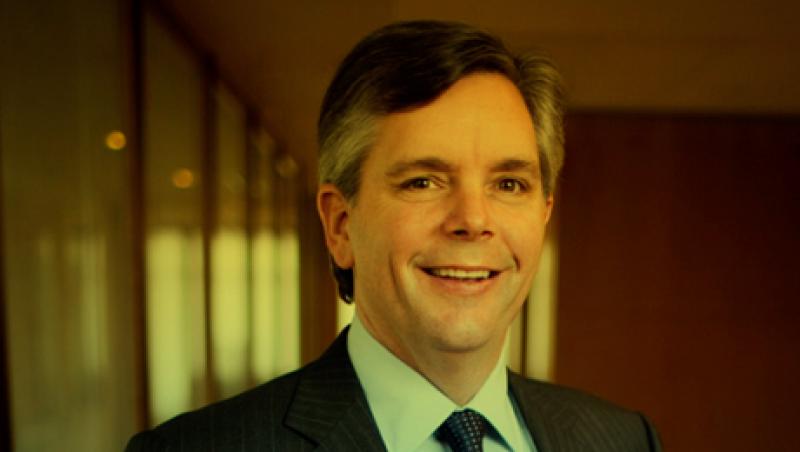
Top U.S. Corporate Executives Learn to Master Uncertainty
Members of our 2013 All America Executive Team find that economic and political challenges also provide opportunities — which they are seizing.
Katie Gilbert
November 27, 2012


